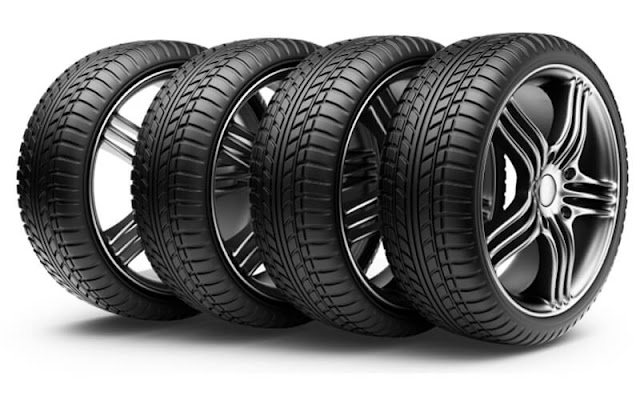Tyre Safety Tips for Rainy or Wet Road Conditions
No matter the weather, driving safely is important. In wet or rainy conditions, however, extra caution must be taken. Safety tips for tyres in these conditions are especially important to consider when you’re on the road.
10 tyre Safety Tips to Help Keep you and your Vehicle Safe during wet or Rainy Conditions.
1. Check Your Tyres – Before driving in rain or wet road conditions, make sure that your tyres are properly inflated and in good condition. Uneven wear can indicate that there may be something wrong with your suspension system and could lead to an accident if left unchecked. Look out for any punctures or cuts in the sidewall of your Bridgestone Tyres Middlesbrough too as these can cause a blow-out while driving.
2. Make Sure Your Tyres Have Tread – The tread of your tyre is what helps to channel away the water from the road surface, preventing you from skidding or aquaplaning in wet conditions. Check that your tyres have a good depth of tread and replace them if necessary.
3. Reduce Your Speed – Wet roads can be very slippery and it can take longer to stop when there’s more water on the road. It’s important to reduce your speed so that you have more time to react if something happens unexpectedly.
4. Increase Following Distances – You should always leave enough space between you and the vehicle in front, but this becomes even more important in wet conditions. Keep double the distance from other drivers as it takes longer to come to a full stop in wet weather.
5. Avoid Puddles – Splashing through puddles can make for an exciting drive, but it also increases your chances of losing control on the road. In addition, driving through deep puddles can damage your Car Tyres Middlesbrough and create traction problems due to the water forced into them.
6. Watch Out for Standing Water – If you see standing water in the middle or at the side of the road, be extra cautious and take a detour if possible. It could be hiding a deep pothole or some other unseen hazard that could cause you to lose control of your vehicle.
7. Use Low Gears – When driving in wet conditions, it’s best to use a lower gear than usual as this will help you maintain control of the vehicle. Using low gears also creates less engine power and reduces torque, helping to keep your wheels from spinning out on slippery surfaces.
8. Avoid Braking Suddenly– It can be tempting to slam on the brakes if you get scared, but this is not advisable when driving in wet weather. Braking suddenly decreases traction and increases the risk of skidding or aquaplaning. Instead, apply pressure gradually in order to slow down safely.
9. Turn On Your Lights – Even during daylight hours it’s important to turn on your vehicle’s lights in wet conditions. This will help other drivers see you more easily and can also improve your visibility of the road.
10. Be Patient – Above all, the most important thing to remember when driving in wet weather is to remain patient and cautious at all times. Take it slow and be sure to give yourself extra time for braking or turning as needed. Most importantly, never forget that safety should always come first.
Pull Over If Necessary – If you find yourself in a situation where the weather is too severe for safe driving, it’s best to pull over and wait until conditions improve. It’s much better to be late than to put yourself or others at risk.
Have Emergency Supplies on Hand – You should always keep a few emergency supplies in your vehicle such as blankets, warm clothes, snacks and a first-aid kit. This way, if you get stranded in wet weather you’ll be prepared to wait out the storm in comfort.
Make Sure Your Vehicle Is Ready – Before heading out in wet weather, it’s important to make sure your vehicle is well maintained and ready for the road. Check your wipers, tire treads, brakes and fluid levels to ensure you’re as safe as possible on the road.
Be Aware of Hydroplaning – Hydroplaning can occur when a layer of water builds up between the tires and the road surface, causing your vehicle to skid or lose control. To reduce the risk of hydroplaning, be sure to slow down if you notice large puddles on the road.
Avoid Flooded Areas – When driving in wet weather, it’s important to be aware of your surroundings and never attempt to drive through flooded or water-covered roads. Even a few inches of water can be enough to cause your vehicle to lose control or stall out, so it’s best to avoid these areas altogether.
By following these tips for driving safely in wet conditions, you can help ensure that your journey is both pleasant and safe.
Conclusion
Navigating wet roads can be tricky, but with a few simple precautions you can stay safe and make it to your destination. Always remember to use caution when driving in rainy weather, obey the speed limit and give yourself plenty of time for braking or turning. If necessary, pull over and wait out the storm until conditions improve. With these tips in mind, you’ll be sure to arrive safely at your destination.




Comments
Post a Comment